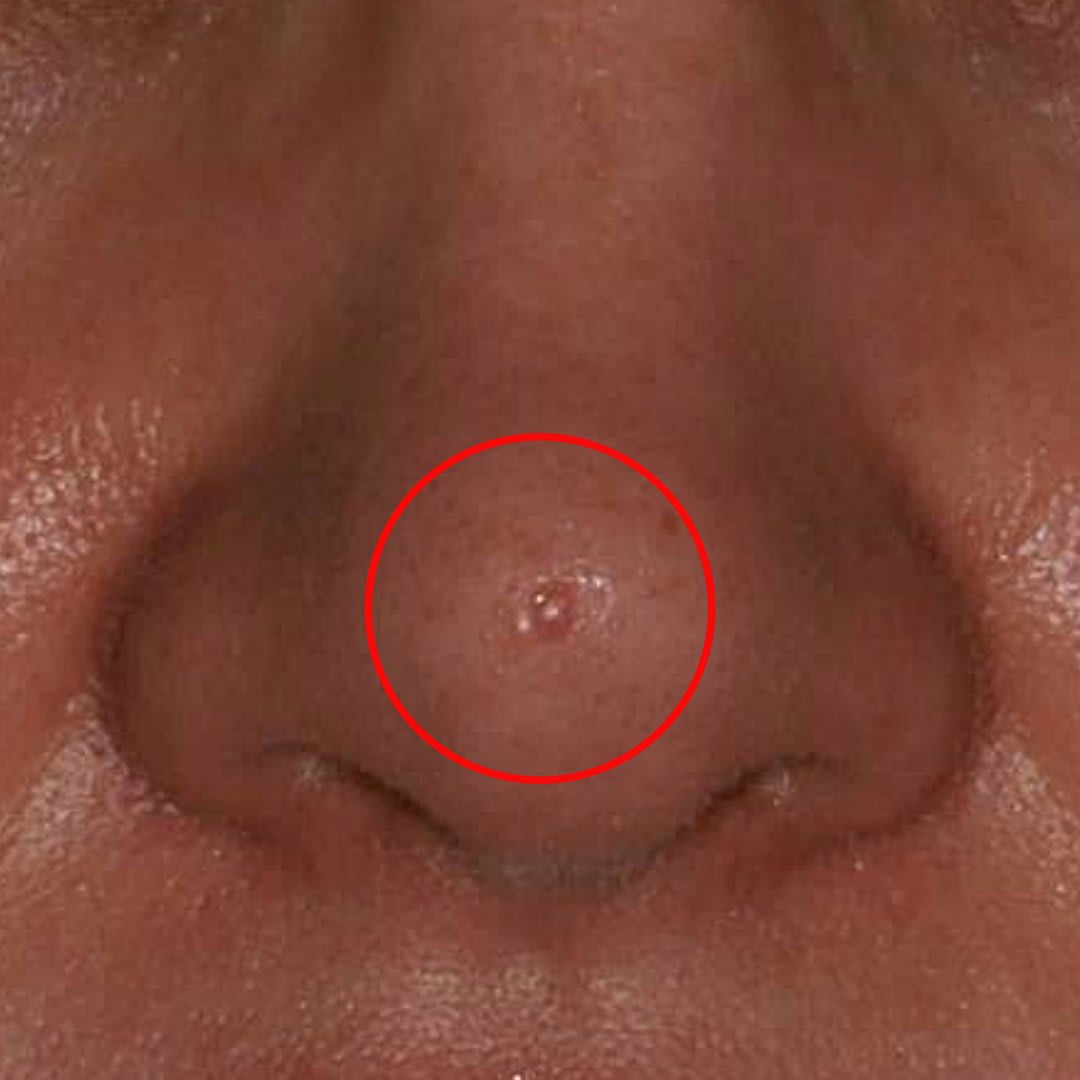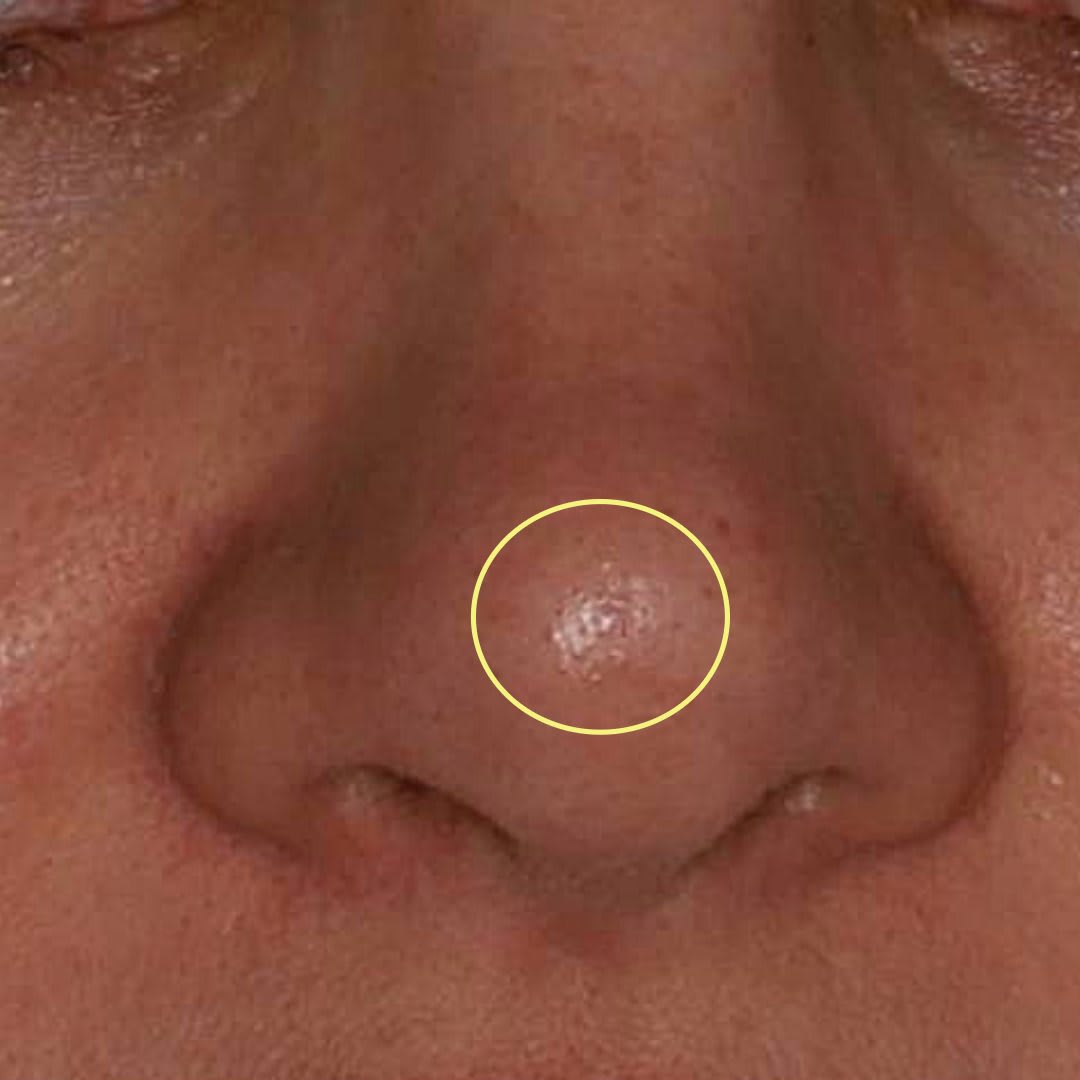
The Skinny
Skin pigmentation, skin color, light skin, dark skin, beauty marks, birthmarks... the list goes on. If the seemingly endless number of descriptors or the plethora of skincare products are anything to go by, skin appearance is something many individuals take seriously and birthmarks, moles, and skin growths can play a role in the overall aesthetic of the skin (check out our complete guide to Birthmark & Mole Concerns). To be clear, this page is discussing benign skin lesions only, and any skin lesion should be evaluated by a professional healthcare provider because the risk of skin cancer is real and common. Now that we’ve gotten the scary part out of the way let’s deep dive on benign skin lesions and how to get them off.
AEDIT
Before & After Images by Provider


_FSyHJDtANx.jpg)









Before & After Images by Provider
Birthmark, Mole, & Skin Growth Removal Solutions
The Specifics
Who may consider procedures to remove non-cancerous skin growths?
'Non-cancerous' means benign, and that usually indicates one of two things about your lesion: You’ve had it since the day you entered this world or a professional healthcare provider (like a board certified dermatologist) has looked at it and told you it’s all good. The marks overviewed below are all benign and related to genetics or age, so their removal would be for cosmetic reasons.
What can you expect from the non-cancerous skin growth removal process?
For benign skin growths, removal procedures are very common and rather simple. Excisions would be the most invasive and physically remove the tissues. Laser resurfacing and cryotherapy do not require a scalpel, but can be equally effective.
Depending on the procedure, recovery times and side effects will vary. An excision means a cut, and maybe some stitches that will need a little while to heal. Laser skin resurfacing and cryosurgery may cause irritation and redness, but no open wounds. Some of these procedures may require multiple treatments, however, they are all usually permanent.
When should you consider a birthmark and mole removal procedure?
Remember, if you haven’t had it since birth and a healthcare provider (like your primary care physician or a dermatologist) has not looked at it, then you can’t say the mark is benign and you should get it checked.
If you’ve had it since birth or your provider has given you the all clear, then a skin removal procedure can be a great choice. Skin removal procedures are typically minimally invasive so as long as you are in generally good health and have reasonable expectations of what a procedure can do for you then make the call.
Why should you consider a birthmark and mole removal procedure?
Birthmarks and moles can be unsightly. If you’re not happy with how a skin lesion looks or it’s in an awkward or inconvenient place, then it probably makes sense to consider a removal procedure.
What are the reasons why an individual should go through with the procedure?
The decision to pursue a cosmetic mole removal is entirely dependent on an individual’s personal aesthetic. Benign moles typically do not need to be removed, so a discussion with a professional healthcare provider can determine if mole removal for aesthetic and functional benefit is appropriate for a unique candidate.
Excision Procedures
Excision is a definitive, precise, and well-practiced technique for mole removal. In the case of benign lesions only one visit is usually required. There are a few different techniques a surgeon can utilize depending on the nature of the skin lesion.
Laser Skin Resurfacing Procedures
Laser therapy procedures utilize light energy to cause cellular damage that then causes the body to activate its healing mechanisms. This process causes the body to recognize the skin lesion as damaged tissue, break it down, and repair the area with new, healthy tissue.
Non-Invasive Procedures
A non-invasive procedure, like cryotherapy, can be used to locally freeze unwanted soft tissue causing cell death. These procedures can be done in an outpatient office and there are even some (usually not as effective) home kits, although these are indicated for warts not moles.
The Takeaway
We’ve all been told at one time or another to let go of the past. While this was most likely a metaphorical suggestion, if you literally want to let go of your past birthmarks, moles, and sun damaged skin then one of numerous cosmetic skin removal procedures can make that happen. Remember, it’s never too late to remove your unwanted skin lesion.






